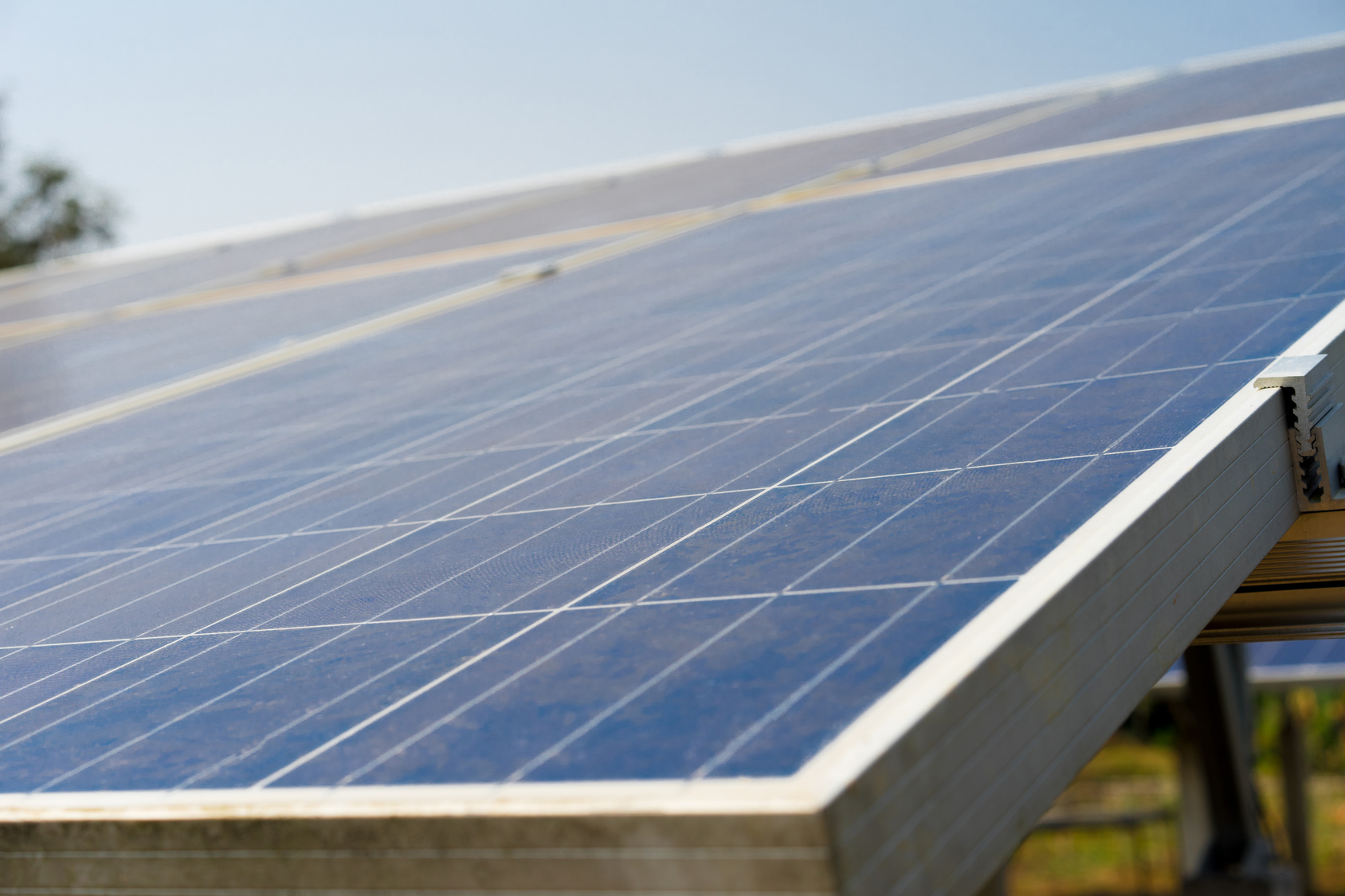A two-year MIT study revealed how air pollution negatively affects the performance of solar panels. The particles in the air prevent part of the incoming the solar irradiance to reach solar panels.
For their observations, they chose Delhi, India as the location, as it is probably the most polluted city in the world.
The MIT scientists discovered that this can lead to a reduction in transmission of up to 17%, depending on the cell material. The average annual decrease in the output of solar cells due to fine dust depositions is around 12%. Especially when it comes to deciding for or against an investment in a solar system, this newly discovered factor plays a major role: For Delhi, it means a loss of up to $20 million annually. Applied to other cities affected by air pollution, the figure is about $16 million for Calcutta, $10 million for both Shanghai and Beijing, and between $6 and $9 million for Los Angeles.
Did you know? New studies by the German Federal Environment Office, e.g. in Stuttgart, show that the main causes of air pollution are car tires and brake linings. Especially during stop-and-go traffic in the city, many fine dust particles are emitted, e.g. as micro plastic. Another factor is worn roads.
When you are responsible for the operation and maintenance of a solar energy plant you can’t influence air pollution of course. But what you can do is quantify the negative effects of air pollution when you measure solar irradiance, soiling and general weather conditions. Knowing their value gives you great insights on the influence on your power plant.
It’s very important to monitor the degree of soiling and clean the panels accordingly. The onsite measured solar irradiance and weather conditions will offer you the true value to compare to the energy output. With monitoring solutions from Kipp & Zonen and Lufft, solar system operators have the perfect tools in hand to react to contamination and maximize their performance.
DustIQ from Kipp & Zonen
Based on Kipp & Zonen’s unique Optical Soiling Measurement (OSM) technology, DustIQ can be easily integrated into new or existing solar installations. The device is mounted on the frame of a PV panel and requires no extra sunlight or its own power supply for operation. It continuously measures the soiling ratio (SR) meaning the transmission loss through glass caused by deposits. Thus, the system can calculate the reduction of light reaching the solar cells. This enables solar system operators to find out when a critical level of soiling has been reached and where they need to clean the system exactly.
DustIQ is maintenance-free and is cleaned during the normal plant cleaning process. The smart sensor communicates digitally via Modbus® and has an input for an optional rear panel temperature sensor. It can be easily networked with Kipp & Zonen pyranometers to measure irradiance and be integrated into a plant SCADA system.
Lufft All-in-One weather sensors
Solar panel contamination is also influenced by weather parameters such as precipitation and wind, as they can contribute to cleaning. In addition, the performance of the solar system is determined not only by pollution but also by solar radiation and the temperature of the solar cell (rear wall). All-in-one weather sensors from Lufft can measure all relevant environmental parameters simultaneously and are therefore the perfect complement to the DustIQ.
One example is the Lufft WS600, which can be simply combined with a module temperature sensor and a pyranometer from Kipp & Zonen. It records ambient temperature, relative humidity, precipitation intensity, precipitation type, precipitation quantity, air pressure, wind direction and wind speed. Lufft also offers compact sensors that incorporate radiation sensors of various grades, such as the WS700.
Further reading
- Read more about the MIT study
- Product page DustIQ – Kipp & Zonen
- Manufacturer of cleaning robots uses DustIQ – NOMADD & Kipp & Zonen



